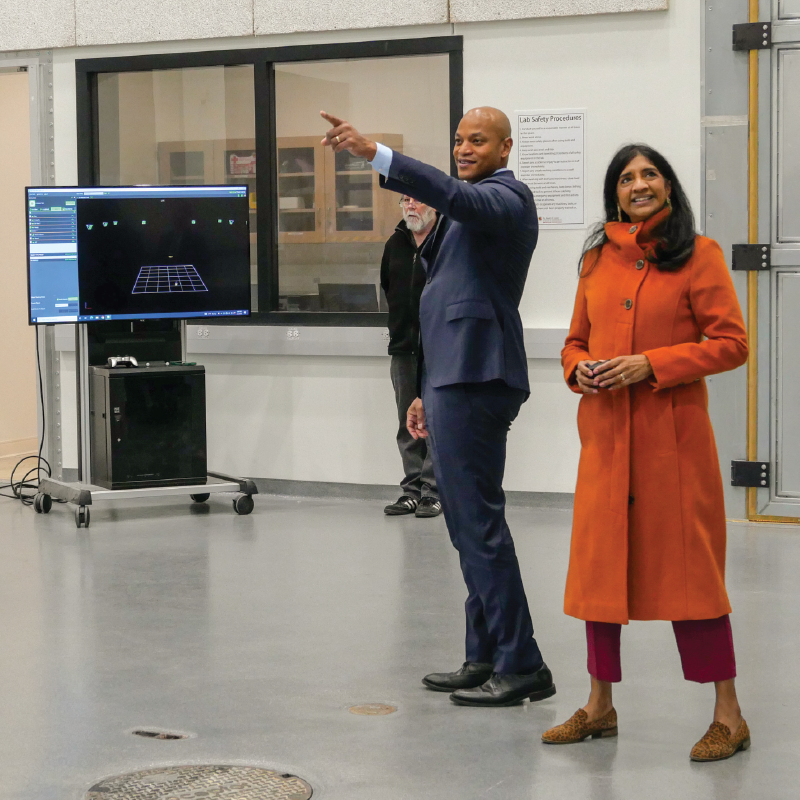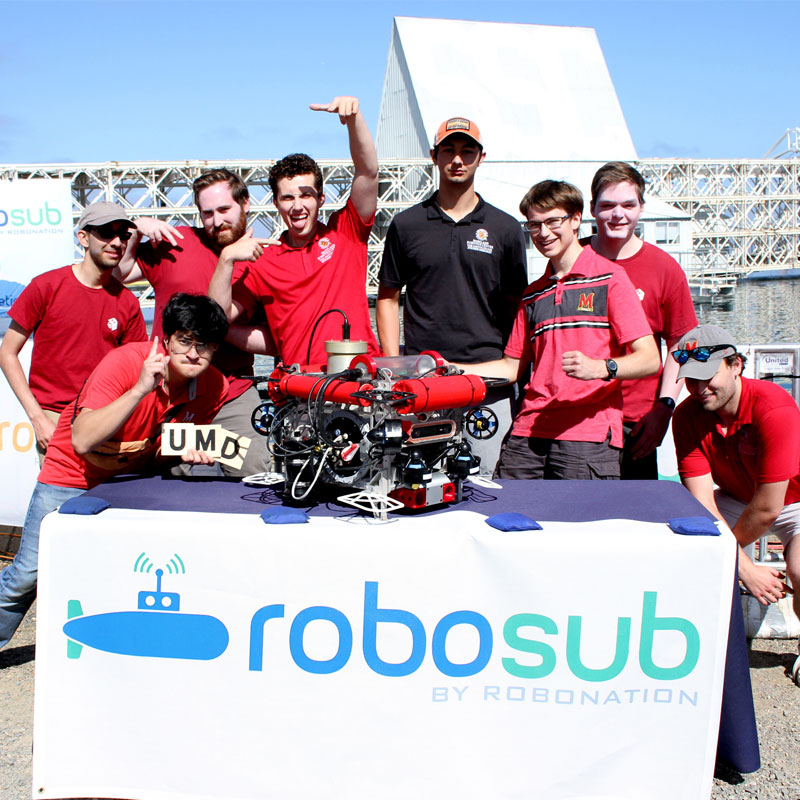News Story
Humbert Weighs in on Amazon's Drone Delivery Program in Washington Business Journal

The media is currently abuzz with Amazon's recent announcement of Amazon Prime Air, a new delivery system that would use unmanned aerial vehicles (UAV) to deliver packages to customers. While Amazon states on their website that their new drone delivery system would be ready to go as early as 2015, pending Federal Aviation Administration (FAA) rulings for the use of UAVs, applications of this system may need more time for refinement before it is safe to fully operate in an urban environment.
In a recent story appearing in the Washington Business Journal, Humbert outlines some of the logistical and practical challenges facing Amazon's drone program, and specifically, points out the current limitations of Amazon drones' "sense and avoid technology."
"You can fly overhead and through Google Maps [to] figure out where the building is. You can get an octocopter right out in front of a building or on top of it," said Humbert. "But in terms of actually ducking down into the urban clutter and navigating unknown objects, including things like phone lines, that's the technology that isn't there right now."
And Humbert should know. The AVL currently works on a number of projects that looks to nature's adaptations for flight and maneuverability, such as hummingbirds, moths and even fruit flies, to create sophisticated bio-inspired sensing technologies that could enable future autonomous vehicles to navigate just those sorts of complex three-dimensional environments.
For more information on Humbert, visit his faculty profile page or the Autonomous Vehicle Lab website.
Published December 10, 2013









